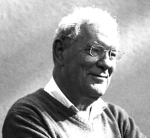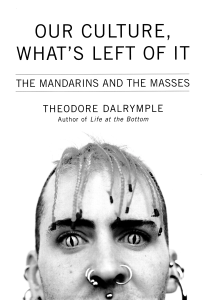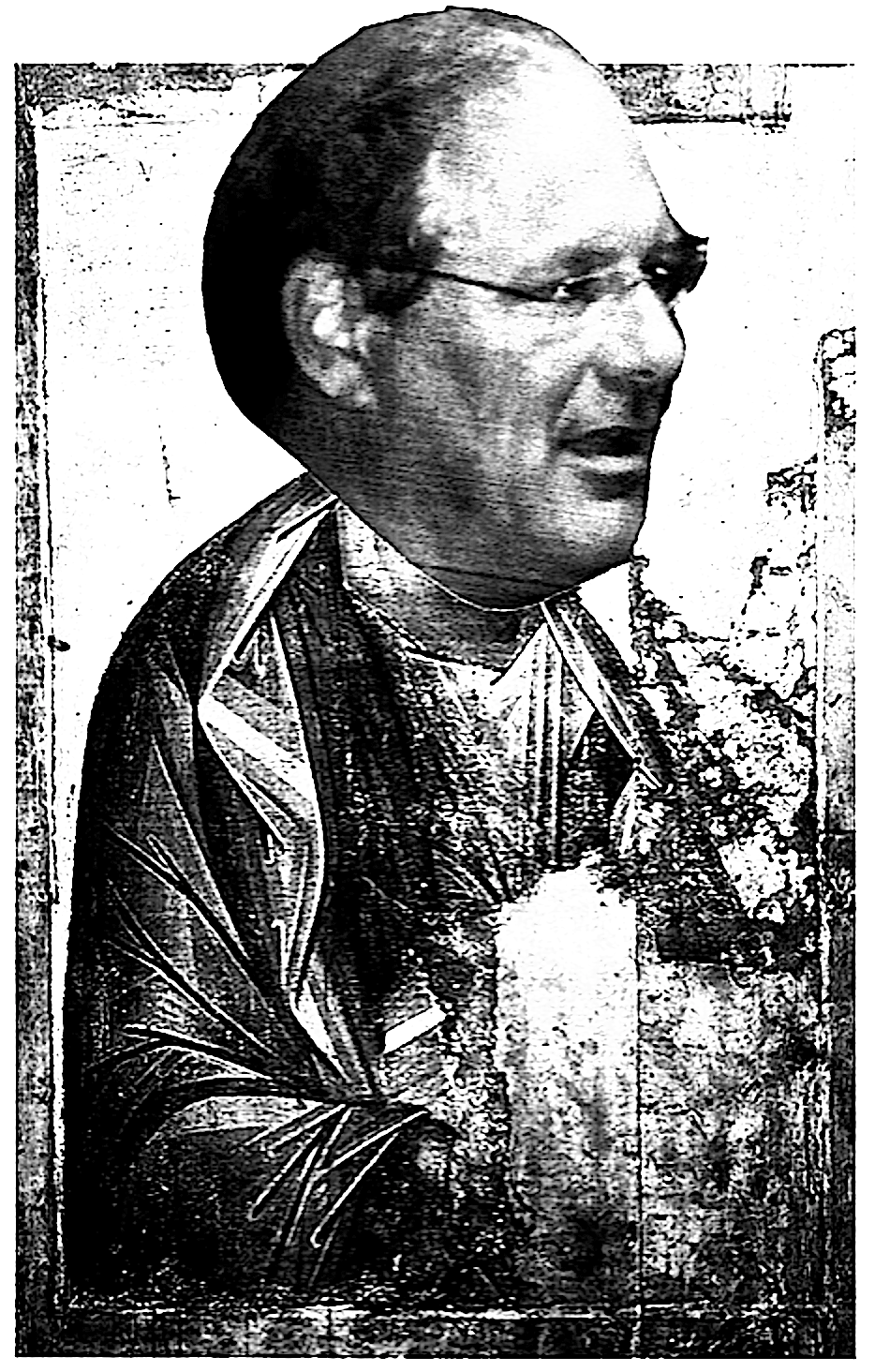 The Wuhan flu and the wobbly-dos
The Wuhan flu and the wobbly-dos
The doctor-scribe declares that he will put up with any side-effects, and hopes that most of his fellow citizens will be prepared to do so also. In this way, herd immunity will build up. He writes:
In the trials, the difference in the number of people who had allergic-type reactions was very small between those who received the vaccine and those who received the placebo control. Nevertheless, 111 of the latter had such reactions, which initially is surprising.
However,
on the assumption that the placebo was the excipient of the vaccine, that is to say the substances in which it was preserved and delivered — which included (4-hydroxybutyl) azanediyl)bis (hexane-6,1-diyl)bis(2-hexyldecanoate) and 2-[(polyethylene glycol)-2000]-N,N-ditetradecylacetamide — it is not surprising that there were some reactions. And this is to exclude the additional possibility of reactions mediated by anxiety, known to a researcher of my acquaintance as the wobbly-dos.
Dalrymple says that for the moment,
the vaccine seems a good thing.
He will take it because he has
nothing to lose, except my life.














